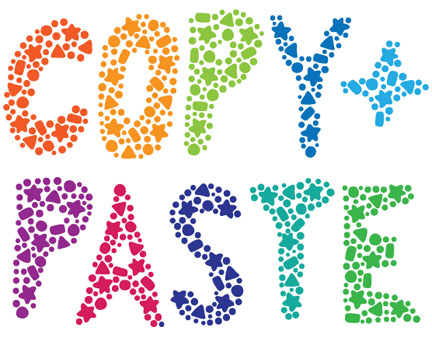With the trial courts weighed down by heavy workloads, a Supreme Court of Canada ruling last Friday judges copying counsel submissions in their reasons will likely give added licence to judges to take shortcuts, says a Toronto lawyer.

“My sense is you’re going to see much more of the direct cutting and pasting because of this,” says Toronto lawyer and legal commentator James Morton.
The comments follow Friday’s ruling in a $4-million medical negligence case. Noting the “time-honoured tradition of judgment writing,” the Supreme Court allowed an appeal of a B.C. Court of Appeal ruling that dismissed a damages award over concerns the trial judge went too far in copying submissions from the plaintiffs.
“Judges are busy. A heavy flow of work passes through the courts,” Chief Justice Beverley McLachlin wrote on behalf of a unanimous court in
Cojocaru v. British Columbia Women’s Hospital and Health Care.
“In an ideal world, one might dream of judges recasting each proposition, principle and fact scenario before them in their own finely crafted prose,” she added. “In reality, courts have recognized that copying is acceptable, and does not, without more, require the judge’s decision to set aside.”
The case involved a trial award of $4 million after Eric Cojocaru suffered brain damage during birth at the B.C. hospital. Of the 368 paragraphs in B.C. Supreme Court Justice Joel Groves’ 2009 ruling, only 47 were predominantly in his own words. He copied the remaining paragraphs from the plaintiff’s submissions, McLachlin noted. Noting concerns with the copying, the B.C. Court of Appeal ordered a new trial.
For McLachlin, the key issue was whether trial judges put their mind to the facts and issues in the case regardless of the copying. In
Cojocaru, she found the defendants had failed to show that Groves hadn’t done so.
Taking full account of the complexity of the case, and accepting that it would have been preferable for the trial judge to discuss the facts and issues in his own words, I cannot conclude that the trial judge failed to consider the issues and make an independent assessment on them. On the contrary, the fact that he rejected some of the plaintiffs’ key submissions demonstrates that he considered the issues independently and impartially.
While allowing for copying and pasting, the top court was clear that doing so isn’t a best practice. Morton says he thinks judges should at least make reference to the fact they’re drawing from a party’s submissions. But McLachlin found judges don’t necessarily have to attribute their materials as “judicial writing is highly derivative and copying a party’s submissions without attribution is a widely accepted practice. The considerations that require attribution in academic, artistic and scientific spheres do not apply to reasons for judgment. The judge is not expected to be original.”
While the Cojocaru ruling does give judges some leeway, Morton suggests judges need to be careful and should be mindful of what’s at stake for parties involved in “once-in-a-lifetime matters” who are likely to parse decisions carefully. Nevertheless, he’s not optimistic the best practices will take hold and says the threshold for setting a judgment aside based on copying is a high one.
“I have a feeling that the best practices will fall by the wayside when the judge is facing five reserved decisions by next Wednesday,” he says.
While the court reinstated the award after considering the copying issue, it dismissed the action against a nurse, the hospital, and two doctors. It upheld the judgment in part against Dr. Jenise Yu.

 “My sense is you’re going to see much more of the direct cutting and pasting because of this,” says Toronto lawyer and legal commentator James Morton.
“My sense is you’re going to see much more of the direct cutting and pasting because of this,” says Toronto lawyer and legal commentator James Morton.